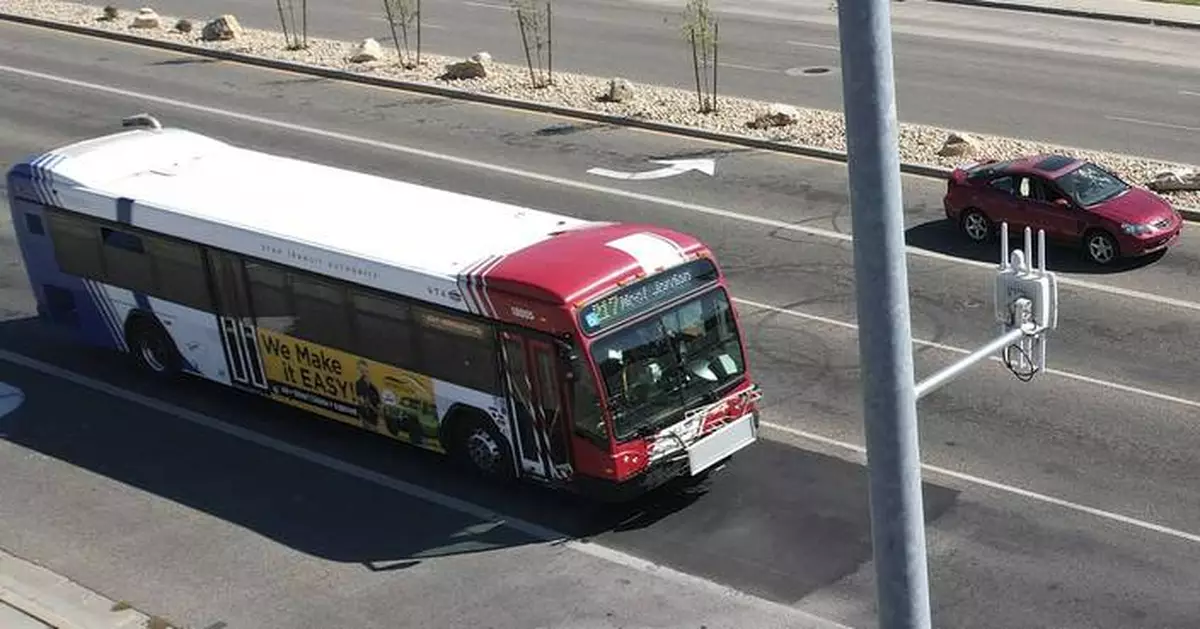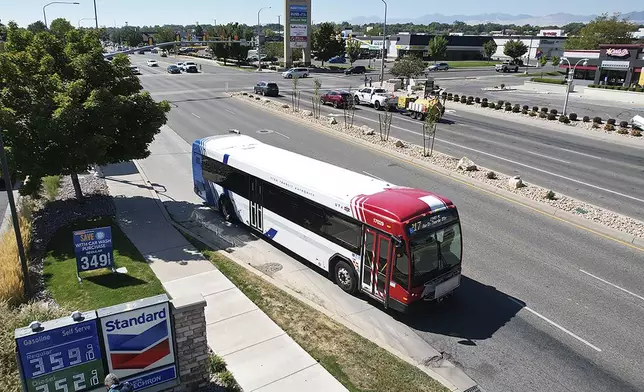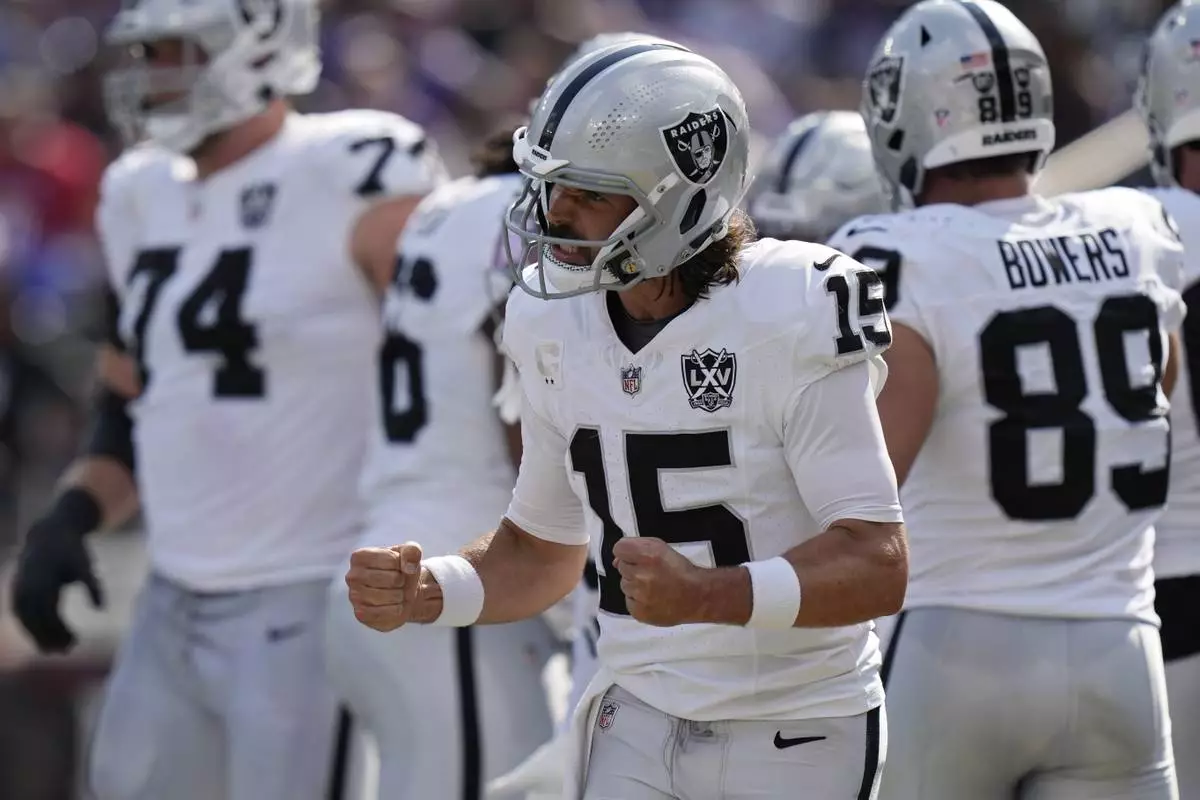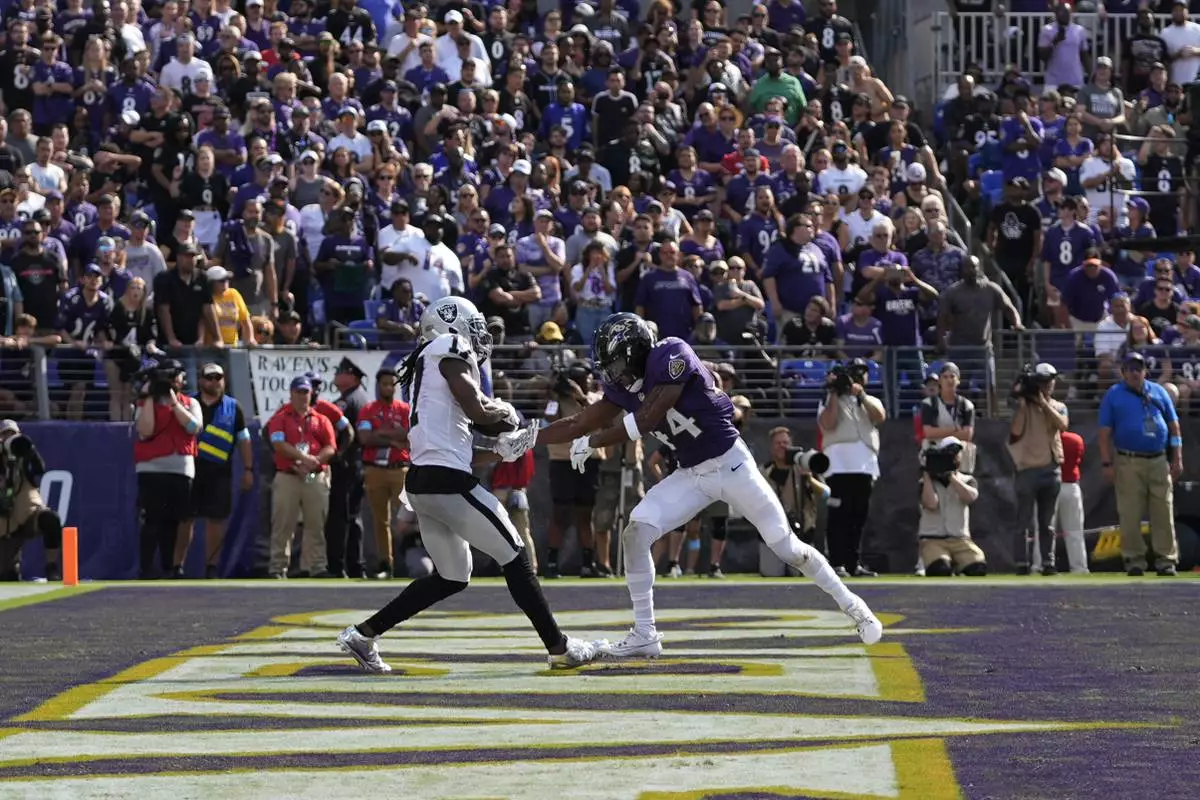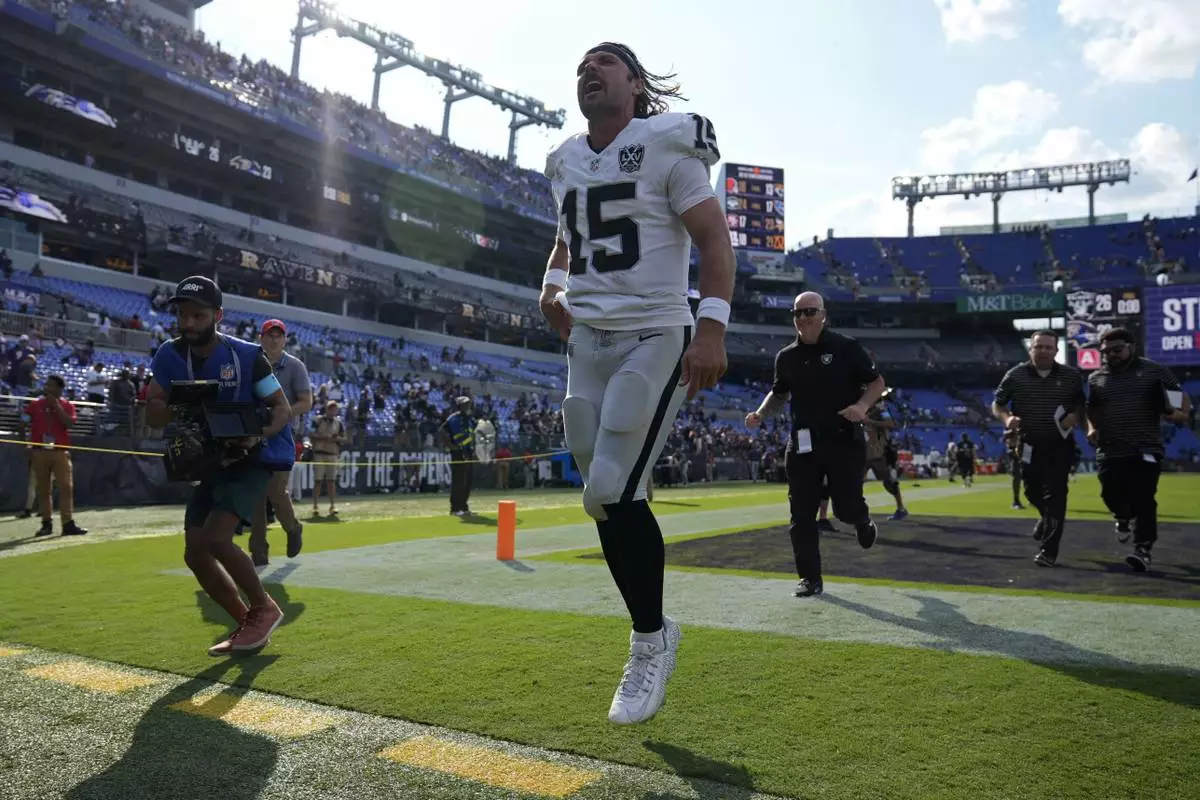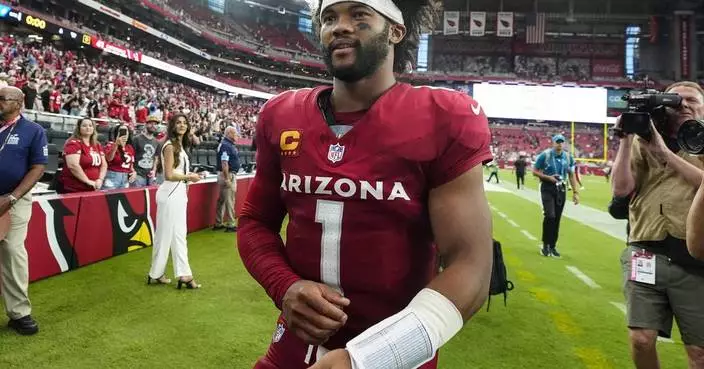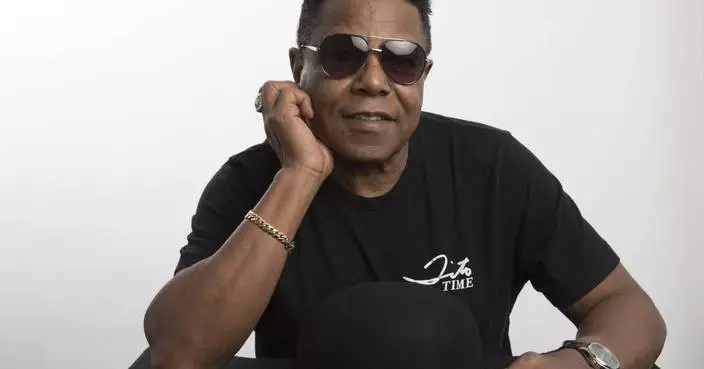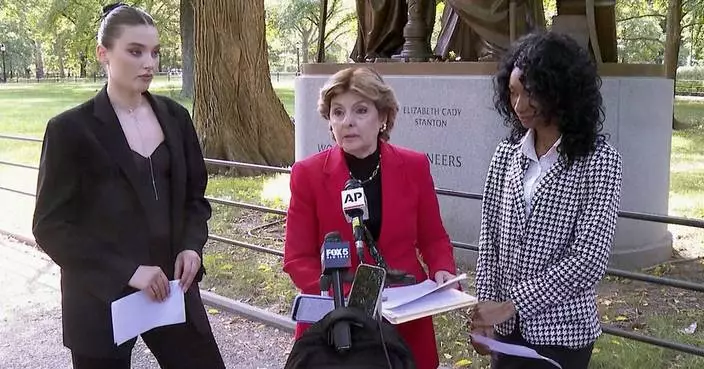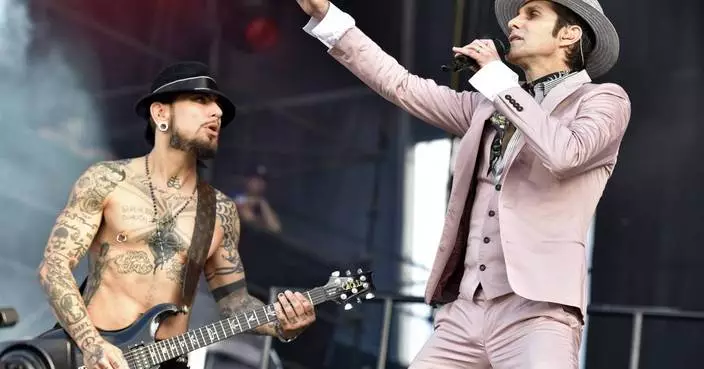The secret to avoiding red lights during rush hour in Utah's largest city might be as simple as following a bus.
Transportation officials have spent the past few years refining a system in which radio transmitters inside commuter buses talk directly to the traffic signals in the Salt Lake City area, requesting a few extra seconds of green when they approach.
Congestion on these so-called smart streets is already noticeably smoother, but it's just a small preview of the high-tech upgrades that could be coming soon to roads across Utah and ultimately across the U.S.
Buoyed by a $20 million federal grant and an ambitious calling to “Connect the West,” the goal is to ensure every vehicle in Utah, as well as neighboring Colorado and Wyoming, can eventually communicate with one another and the roadside infrastructure about congestion, accidents, road hazards and weather conditions.
With that knowledge, drivers can instantly know they should take another route, bypassing the need for a human to manually send an alert to an electronic street sign or the mapping apps found on cellphones.
“A vehicle can tell us a lot about what’s going on in the roadway,” said Blaine Leonard, a transportation technology engineer at the Utah Department of Transportation. “Maybe it braked really hard, or the windshield wipers are on, or the wheels are slipping. The car anonymously broadcasts to us that blip of data 10 times a second, giving us a constant stream of information.”
When cars transmit information in real time to other cars and the various sensors posted along and above the road, the technology is known broadly as vehicle-to-everything, or V2X. Last month, the U.S. Department of Transportation unveiled a national blueprint for how state and local governments and private companies should deploy the various V2X projects already in the works to make sure everyone is on the same page.
The overarching objective is universal: dramatically curb roadway deaths and serious injuries, which have recently spiked to historic levels.
A 2016 analysis by the National Highway Traffic Safety Administration concluded V2X could help. Implementing just two of the earliest vehicle-to-everything applications nationwide would prevent 439,000 to 615,000 crashes and save 987 to 1,366 lives, its research found.
Dan Langenkamp has been lobbying for road safety improvements since his wife Sarah Langenkamp, a U.S. diplomat, was killed by a truck while biking in Maryland in 2022. Joining officials at the news conference announcing the vehicle-to-everything blueprint, Langenkamp urged governments across the U.S. to roll out the technology as widely and quickly as possible.
"How can we as government officials, as manufacturers, and just as Americans not push this technology forward as fast as we possibly can, knowing that we have the power to rescue ourselves from this disaster, this crisis on our roads,” he said.
Most of the public resistance has been about privacy. Although the V2X rollout plan commits to safeguarding personal information, some privacy advocates remain skeptical.
Critics say that while the system may not track specific vehicles, it can compile enough identifying characteristics — even something as seemingly innocuous as tire pressure levels — that it wouldn’t take too much work to figure out who is behind the wheel and where they are going.
“Once you get enough unique information, you can reasonably say the car that drives down this street at this time that has this particular weight class probably belongs to the mayor,” said Cliff Braun, associate director of technology, policy and research for the Electronic Frontier Foundation, which advocates for digital privacy.
The federal blueprint says the nation's top 75 metropolitan areas should aspire to have at least 25% of their signalized intersections equipped with the technology by 2028, along with higher milestones in subsequent years. With its fast start, the Salt Lake City area already has surpassed 20%.
Of course, upgrading the signals is the relatively easy part. The most important data comes from the cars themselves. While most new ones have connected features, they don't all work the same way.
Before embarking on the “Connect the West” plan, Utah officials tested what they call the nation's first radio-based, connected vehicle technology, using only the data supplied by fleet vehicles such as buses and snow plows. One early pilot program upgraded the bus route on a busy stretch of Redwood Road, and it isn't just the bus riders who have noticed a difference.
“Whatever they're doing is working,” said Jenny Duenas, assistant director of nearby Panda Child Care, where 80 children between 6 weeks and 12 years old are enrolled. “We haven't seen traffic for a while. We have to transport our kiddos out of here, so when it's a lot freer, it's a lot easier to get out of the daycare.”
Casey Brock, bus communications supervisor for the Utah Transit Authority, said most of the changes might not be noticeable to drivers. However, even shaving a few seconds off a bus route can dramatically reduce congestion while improving safety, he said.
“From a commuter standpoint it may be, ‘Oh, I had a good traffic day,’" Brock said. “They don't have to know all the mechanisms going on behind the scenes.”
This summer, Michigan opened a 3-mile (4.8-kilometer) stretch of a connected and automated vehicle corridor planned for Interstate 94 between Ann Arbor and Detroit. The pilot project features digital infrastructure, including sensors and cameras installed on posts along the highway, that will help drivers prepare for traffic slowdowns by sending notifications about such things as debris and stalled vehicles.
Similar technology is being employed for a smart freight corridor around Austin, Texas, that aims to inform truck drivers of road conditions and eventually cater to self-driving trucks.
Darran Anderson, director of strategy and innovation at the Texas Department of Transportation, said officials hope the technology not only boosts the state's massive freight industry but also helps reverse a troubling trend that has spanned more than two decades. The last day without a road fatality in Texas was Nov. 7, 2000.
Cavnue, a Washington, D.C.-based subsidiary of Alphabet’s Sidewalk Infrastructure partners, funded the Michigan project and was awarded a contract to develop the one in Texas. The company has set a goal of becoming an industry leader in smart roads technology.
Chris Armstrong, Cavnue's vice president of product, calls V2X “a digital seatbelt for the car" but says it only works if cars and roadside infrastructure can communicate seamlessly with one another.
“Instead of speaking 50 different languages, overnight we'd like to all speak the same language,” he said.
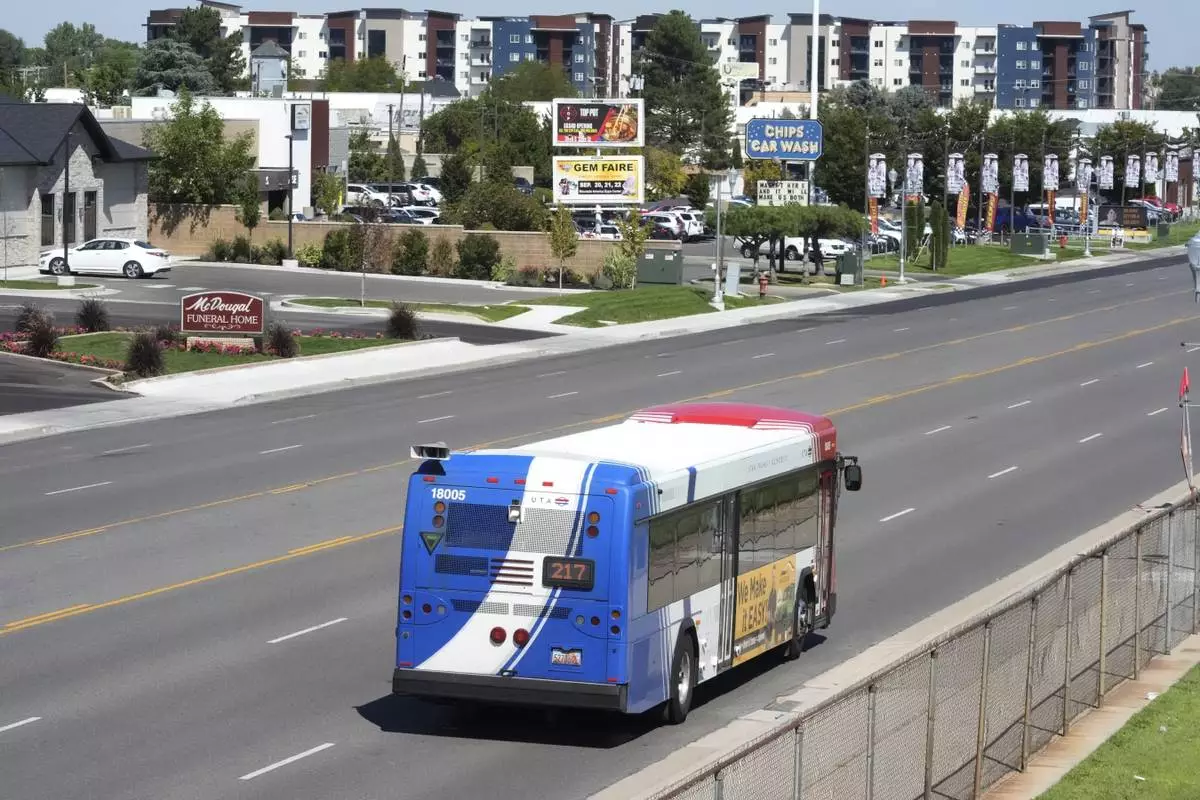
A commuter bus equipped with a radio transmitter passes a connected traffic light on Redwood Road, part of an effort to improve safety and efficiency by allowing cars to communicate with the roadside infrastructure and one another, Friday, Sept. 6, 2024, near Taylorsville, Utah. (AP Photo/Rick Bowmer)

A radio transmitter hangs from a traffic light pole as it transmits to equipped commuter buses on Redwood Road, part of an effort to improve safety and efficiency by allowing cars to communicate with the roadside infrastructure and one another, Friday, Sept. 6, 2024, near Salt Lake City. (AP Photo/Rick Bowmer)

A commuter bus equipped with a radio transmitter passes a connected traffic light on Redwood Road, part of an effort to improve safety and efficiency by allowing cars to communicate with the roadside infrastructure and one another, Friday, Sept. 6, 2024, near Taylorsville, Utah. (AP Photo/Rick Bowmer)
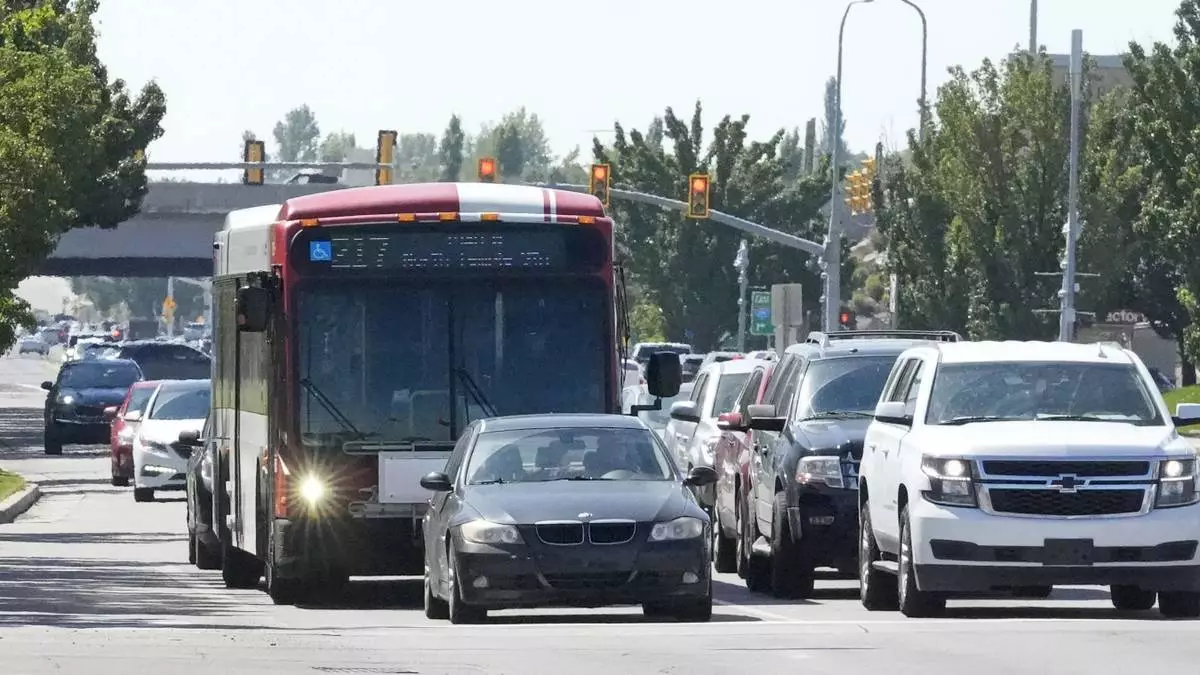
A commuter bus equipped with a radio transmitter passes a connected traffic light on Redwood Road, part of an effort to improve safety and efficiency by allowing cars to communicate with the roadside infrastructure and one another on Friday, Sept. 6, 2024, near Taylorsville, Utah. (AP Photo/Rick Bowmer)
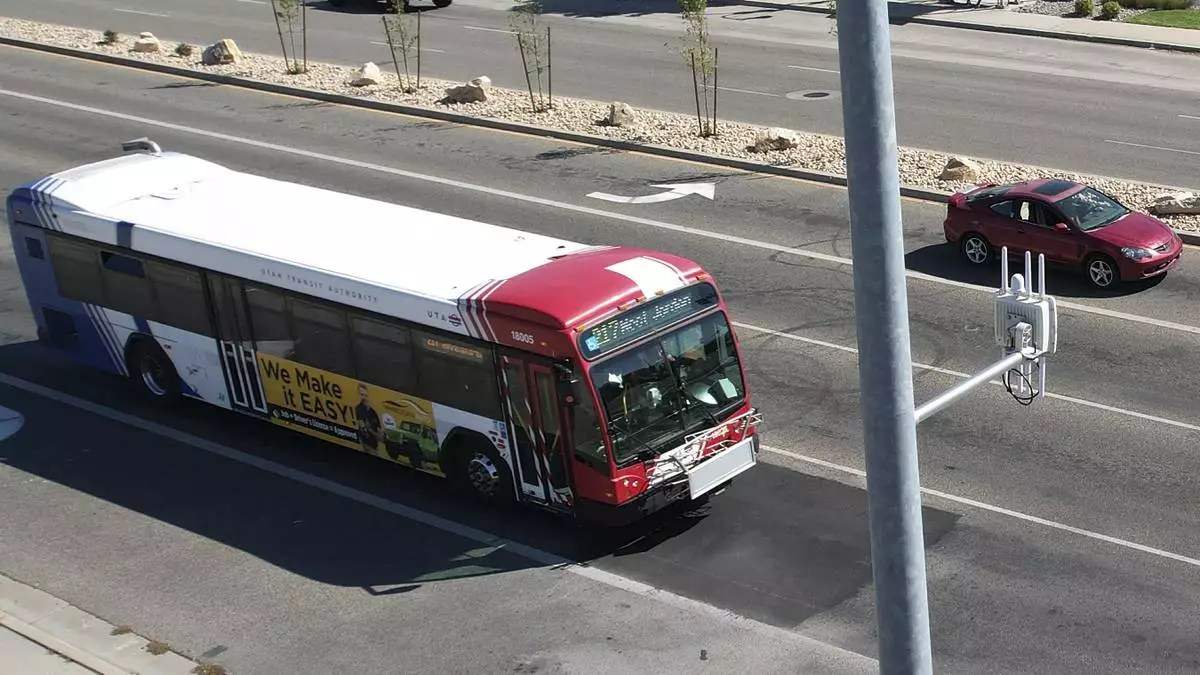
A commuter bus equipped with a radio transmitter approaches a connected traffic light on Redwood Road in Salt Lake City, part of an effort to improve safety and efficiency by allowing cars to communicate with the roadside infrastructure and one another, Friday, Sept. 6, 2024, near Taylorsville, Utah. (AP Photo/Rick Bowmer)


